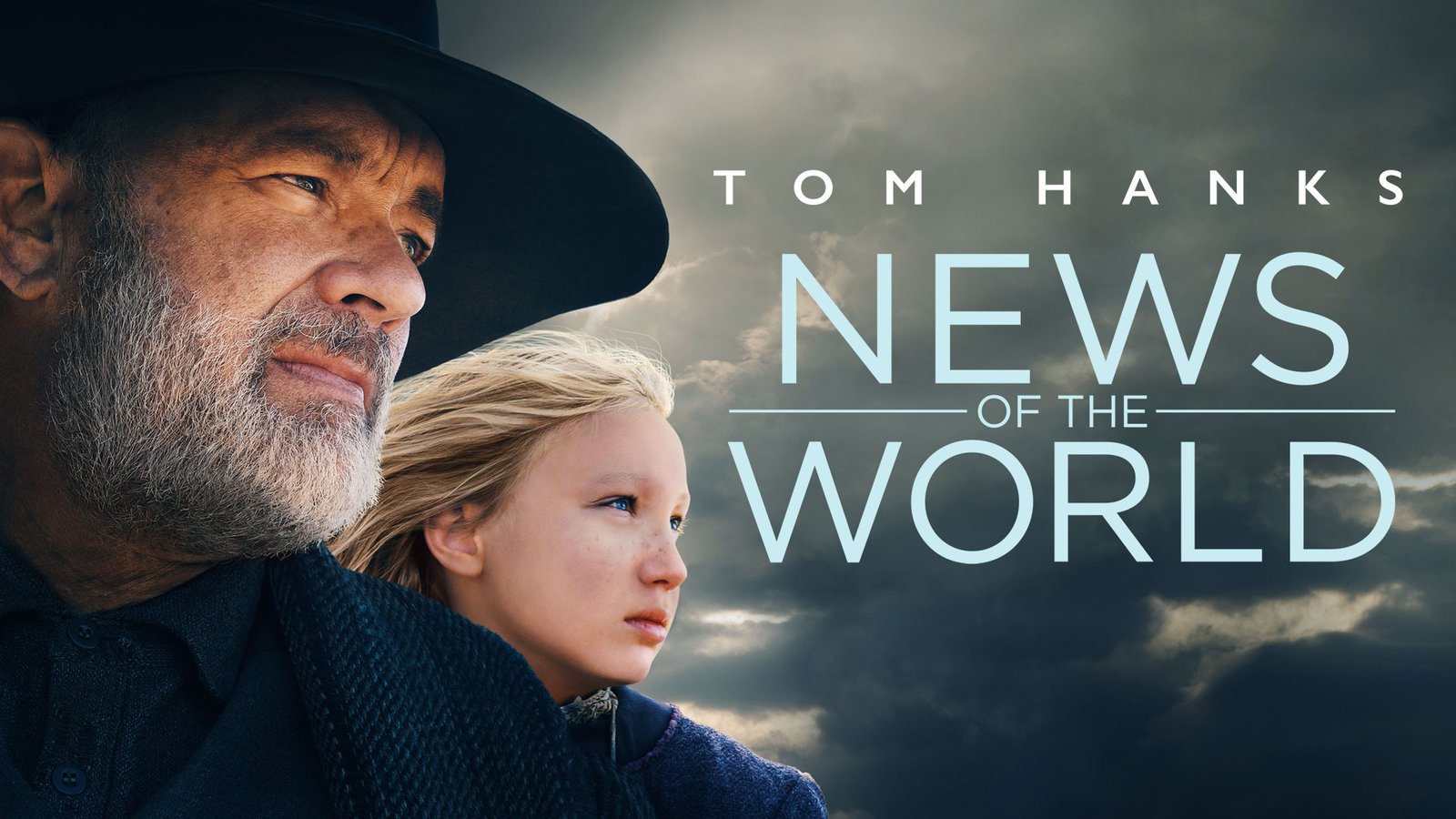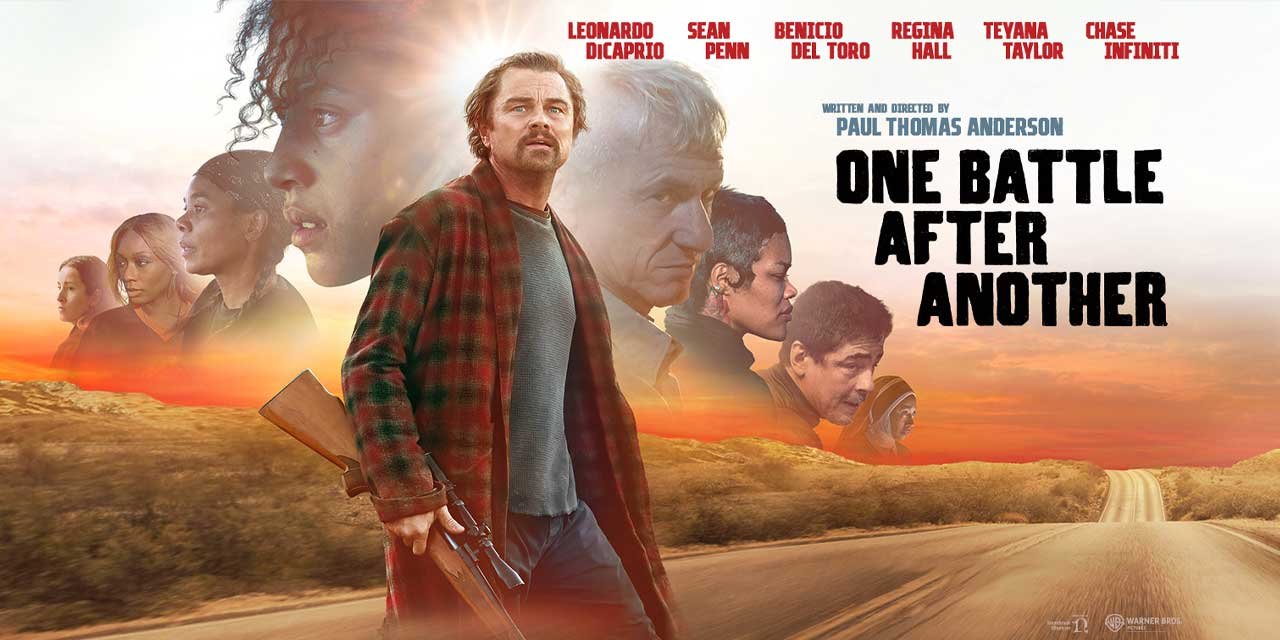
News of the World Review: Tom Hanks in Poetic Western
In the captivating film News of the World, directed by Paul Greengrass and starring the legendary Tom Hanks, we are transported to a post-Civil War America where the lines between civilization and the untamed wilderness are blurred. Based on the novel by Paulette Jiles, this cinematic gem delves into the complex and often heartbreaking stories of those caught in the throes of a rapidly changing world.
A Veteran’s Journey and the Plight of a Displaced Child
At the center of the narrative is Captain Jefferson Kyle Kidd, a veteran of the Civil War who now travels from town to town, reading the news of the world to eager audiences. Haunted by the ravages of war and disconnected from his own past, Kidd finds purpose in sharing information and connecting communities. However, his solitary existence is disrupted when he is tasked with escorting a young girl, Johanna, back to her relatives.
Johanna, a 10-year-old girl of German immigrant descent, was kidnapped by the Kiowa tribe six years earlier and has since been fully immersed in their way of life. Torn from the only home she has known, Johanna is understandably distraught and resistant to the idea of returning to her “white” relatives. This clash of cultures and the struggle to find a common ground between Kidd and Johanna form the heart of the film’s poignant exploration.
Capturing a Vanishing World
As Kidd and Johanna embark on their perilous journey across the vast and unforgiving Texas landscape, the film masterfully captures the essence of a world on the brink of transformation. The director, Paul Greengrass, known for his gritty and realistic approach, has crafted a visually stunning and emotionally resonant cinematic experience.
The film’s title, News of the World, is a nod to the dual meaning of the word “news” – not only the information Kidd shares with his audiences, but also the stories of a world that is rapidly changing and disappearing. As Kidd and Johanna navigate the rugged terrain, they bear witness to the clashing of cultures, the displacement of indigenous peoples, and the encroachment of modernity upon the once-untamed frontier.
Exploring the Complexities of Cultural Assimilation
One of the film’s most compelling themes is the exploration of cultural assimilation and the challenges faced by those caught between two worlds. Johanna’s story is a poignant representation of the experiences of many children who were forcibly removed from their native cultures and thrust into the unfamiliar world of their captors.
The film delves into the historical accounts of children like Johanna, known as “white Indians,” who were kidnapped by Native American tribes during the westward expansion of the United States.
These children often underwent a remarkable transformation, quickly adapting to the customs and language of their captors, and in many cases, refusing to return to their former lives when given the chance.
The film’s portrayal of Johanna’s struggle to reconcile her Kiowa identity with the expectations of her German relatives is a poignant exploration of the complexities of cultural identity and the lasting impact of forced assimilation.
Through the lens of Johanna’s story, the film invites the audience to consider the broader implications of cultural displacement and the loss of traditional ways of life. It challenges us to reflect on the consequences of the rapid changes that swept across the American frontier, and the human toll that such upheaval can take.
The Nuanced Performances of Tom Hanks and Helena Zengel
At the heart of News of the World are the captivating performances of Tom Hanks as Captain Kidd and Helena Zengel as Johanna. Hanks, a beloved and acclaimed actor, brings a subtle and understated depth to his portrayal of Kidd, a man haunted by his past and struggling to find purpose in a changing world.
Zengel, a relative newcomer, delivers a remarkable performance as Johanna, capturing the character’s fierce independence, her deep-rooted connection to the Kiowa way of life, and her gradual, tentative openness to Kidd’s kindness. The chemistry between Hanks and Zengel is palpable, as they navigate the delicate and often tense relationship between their two characters.
While some may argue that Hanks’ star power and the audience’s preconceived notions about his on-screen persona could detract from the authenticity of the story, the director, Paul Greengrass, has managed to strike a balance. Hanks’ performance is a testament to his versatility and his ability to inhabit complex characters, allowing the audience to see beyond the familiar tropes and engage with the nuances of Kidd’s journey.
The Poetic Richness of the Source Material
The film’s adaptation of Paulette Jiles’ novel “News of the World” is a testament to the power of the written word. Jiles’ prose is renowned for its poetic richness and its ability to evoke the stark beauty and harsh realities of the American frontier.
The critic highlights the author’s remarkable skill in crafting vivid and immersive scenes with just a few well-chosen words. This attention to detail and the ability to transport the reader are qualities that the film adaptation has strived to capture.
However, the critic also acknowledges that the film may not have fully captured the raw, uncompromising nature of the novel. The book’s gritty and uncertain tone, which leaves the reader unsure of the characters’ ultimate fate, is not always reflected in the more polished and streamlined cinematic version.
Despite this minor critique, the film’s ability to translate the poetic essence of the source material is commendable. The director, Paul Greengrass, has managed to create a visually stunning and emotionally resonant experience that pays homage to Jiles’ literary masterpiece.
The Historical Context and Real-Life Inspirations
The story of News of the World is not just a work of fiction; it is rooted in the complex and often harrowing history of the American frontier. The film’s depiction of the kidnapping and forced assimilation of Johanna is based on the real-life experiences of countless children during the westward expansion of the United States.
The practice of “white Indians” – children of European descent who were captured by Native American tribes – was a widespread phenomenon. These children often underwent a remarkable transformation, quickly adapting to the customs and language of their captors, and in many cases, refusing to return to their former lives when given the chance.
The story of Olive Oatman, a famous historical figure who was kidnapped by the Mojave tribe and later returned to her family, only to be ostracized for the tribal tattoo on her face.
Other films and TV series, such as “Little Big Man” and the recent “The Son,” have also explored similar themes of cultural displacement and the lasting impact of forced assimilation.
The book “The Captured” by Scott Zesch served as a key inspiration for the creation of Johanna’s character and the film’s exploration of this complex historical phenomenon.
By grounding the film’s narrative in these real-life accounts, News of the World not only entertains but also educates the audience about a lesser-known aspect of American history. It invites us to confront the harsh realities of the past and to consider the ongoing legacy of cultural displacement and the struggle for identity.
A Cinematic Exploration of a Vanishing World
In News of the World, director Paul Greengrass has crafted a cinematic experience that is both visually stunning and emotionally resonant. Through the intertwined journeys of Captain Kidd and Johanna, the film delves into the complexities of cultural assimilation, the displacement of indigenous peoples, and the rapid transformation of the American frontier.
The performances of Tom Hanks and Helena Zengel are captivating, as they navigate the delicate and often tense relationship between their characters. The film’s adaptation of Paulette Jiles’ poetic novel is a testament to the power of the written word, though it may not fully capture the raw, uncompromising nature of the source material.
Ultimately, News of the World is a cinematic exploration of a vanishing world, a world that is rapidly changing and leaving behind the stories of those caught in its wake. It invites the audience to reflect on the consequences of such upheaval and to consider the lasting impact of forced cultural assimilation. By grounding the narrative in the real-life experiences of “white Indians,” the film adds a layer of historical significance that enriches the overall viewing experience.













1 comentário